Shooter’s upper body with bent support-side arm and straight strong-side arm.
The Weaver stance is well-known, acknowledged as revolutionary, and quick to draw sidelong glances from more than a few people on the firing line lately. In fact, a surefire way to start a heated argument is to debate the merits of the Weaver versus the “Isosceles” or other shooting positions. Start such a discussion on an internet forum and you’ll spend the next three weeks listening to unsolicited vitriol from countless anonymous “operators.”
In certain circles, the Weaver stance is considered old-fashioned, impractical, and as desirable as a week-old donut. During the past 50 years, the stance has gone from being hailed as radical and state-of-the-art to the point where it is seen by some as a fading old-school technique embraced primarily by members of the “Southwest Dinosaur League.”
The Weaver stance has become polarizing, but how much of the bad rap is based on fact and real-world experience? Rather than subscribing to internet hype, YouTube commandos, and gun store gossip, shooters might benefit from taking a second and more factual look at the venerable technique.
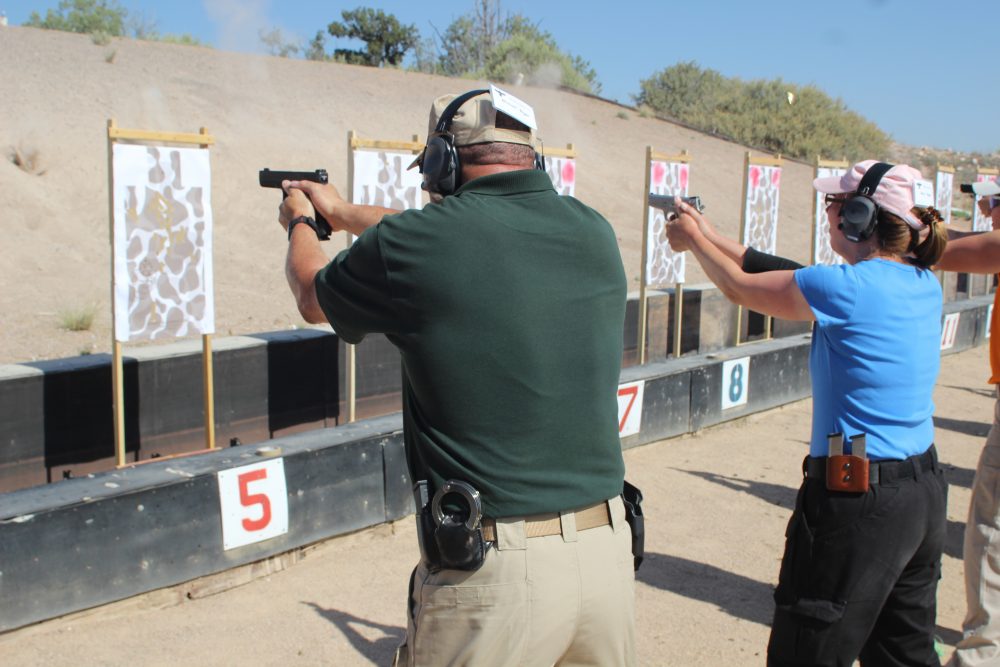
Table of Contents
HISTORY OF THE WEAVER STANCE
The Weaver stance was first developed by Los Angeles County Deputy Sheriff Jack Weaver in the late 1950s. A rangemaster and competitive shooter, Weaver used this self-discovered technique to regularly dominate the southern California pistol matches that were the forerunner to IPSC. During these matches, he caught the eye of Lt. Col. Jeff Cooper, who immediately saw the benefits of this revolutionary shooting position and began calling the technique the “Weaver stance” in his writings for Guns & Ammo Magazine.
When Cooper developed his own doctrine, known as “The Modern Technique of the Pistol,” the Weaver stance was one of the four integral components (the others being the Flash Sight Picture, Compressed Surprise Break, and Heavy Duty Pistol). It was soon a foundational part of instruction at the American Pistol Institute, now known as Gunsite Academy, Inc.
The history, practice, and opinion of the Weaver stance are inexorably tied to Lt. Col. Cooper. He was a primary and unapologetic promoter of the “Classic Weaver stance,” as he called it, but unfortunately, over the years people have given the technique a reputation for being many things it isn’t.
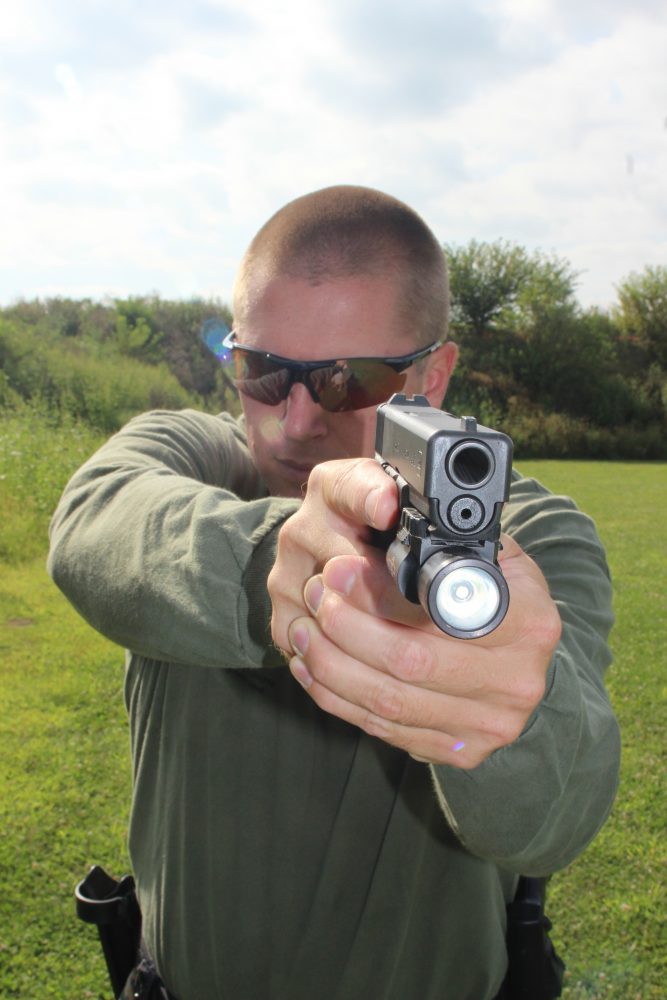
WHAT IS THE WEAVER STANCE?
The Weaver stance is a two-handed shooting position in which the shooter places the firing-side foot slightly rearward and the non-firing-side foot slightly forward toward the target. The firing-side arm is extended straight or nearly so, while the support arm is bent and the elbow pointed downward. This allows the shooter a stable yet mobile lower-body position while employing a “push-pull” dynamic tension with the arms to better control recoil.
The benefits of the Weaver are many. It is quite stable in all dimensions yet allows quick movement, especially toward the target. Moreover, it requires a bit less upper body strength to hold up the weapon and as stated above, is quite effective for managing recoil in multiple-shot situations.
MISCONCEPTIONS
But the position has been taught in many variations by various instructors, not all of them accurate to the vision of Weaver or Cooper. It is not uncommon to hear that shooters must “lock out the strong-side elbow” or that the support elbow must be “bent 90 degrees.”
Furthermore, some insist that the shooter’s upper body be dramatically bladed toward the target, often beyond 45 degrees. Some even claim that to develop a proper Weaver stance, the shooter should visualize himself on a skateboard in front of the target. None of this is true, according to men who still teach the same shooting position at Gunsite, the veritable and venerable “mothership” of The Modern Technique.
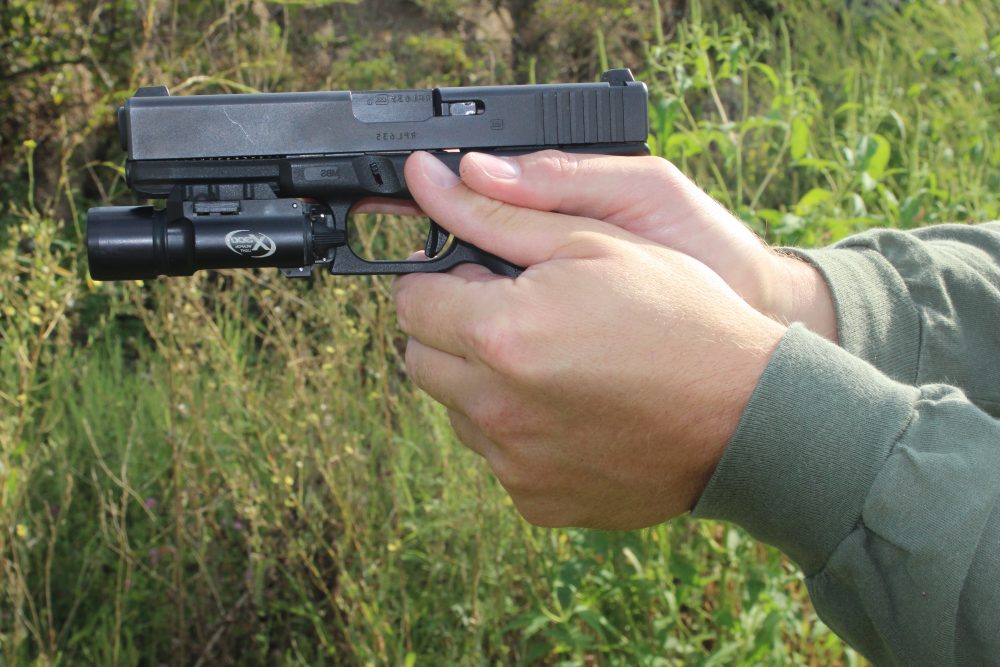
Ken Campbell, Chief Operating Officer at Gunsite, believes much of the misinformation starts with people who have never been to “the ranch,” as it’s known. “I think much of that comes from people who have never even been here and are speaking of things they haven’t experienced. Once that starts, it’s like the old campfire game where you tell someone a story and then it gets repeated around the circle until the last person finally says it out loud. The result is usually not even close to the original story,” he pointed out.
Dave Starin, Director of Training at Gunsite, agrees. “It’s so misunderstood,” he said. “I’ve seen a million versions. I’ve seen a lot of instructors with their own interpretations. If you come to Gunsite, we’ll teach you a Weaver stance based on having that [strong-side] leg dropped back a little bit and that push-pull. Otherwise, it’s just a balanced fighting stance. That’s what people don’t understand.”
Campbell agrees, noting, “It’s simply a solid fighting stance that has been used for centuries and works effectively for multiple weapon systems and all body shapes, sizes, and conditions.”
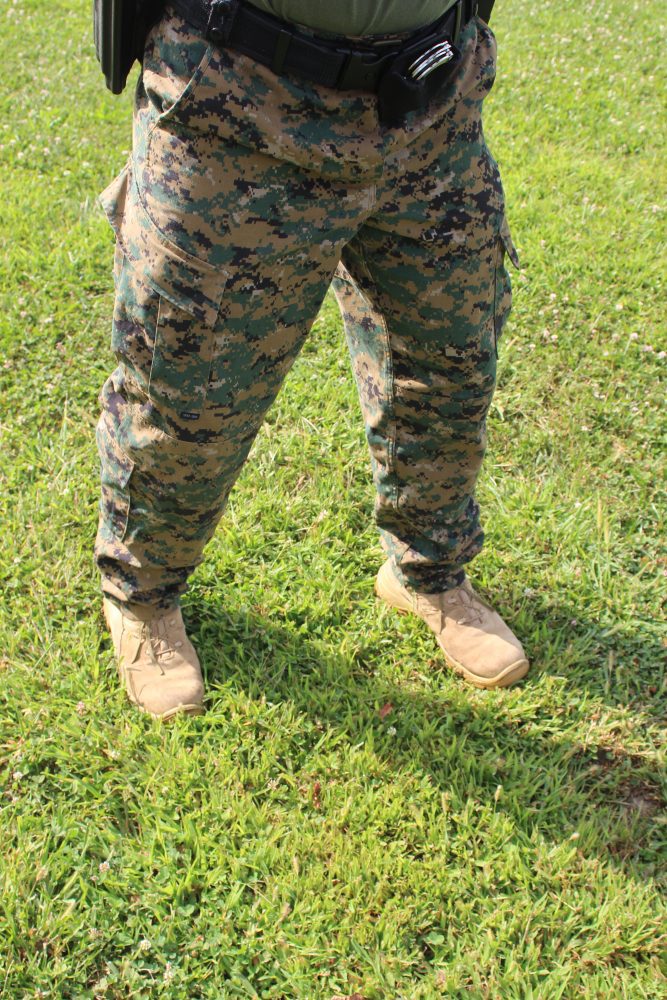
HOW GUNSITE TEACHES THE WEAVER STANCE TODAY
Anyone spending time at the ranch quickly learns that the reputed inflexible and rigid approach to The Modern Technique is so much hot air. Instructors, while insistent that students attempt the principals laid out by Cooper, also understand that a “one size fits all” approach doesn’t work.
“You can have a textbook version of the Weaver in your mind, about how your elbow should be bent, pointing straight down at the ground, but that’s not possible for everybody,” Starin said. “Body type, size, injuries, body armor—all those things come into play. Not everybody’s elbow is going to be in the exact same position. We’re not going to come by [on the firing line] and make it look a certain way. You’re not supposed to be a mirror image of somebody else. It’s supposed to adapt to your body type and abilities,” he noted.
The Weaver stance starts from the ground up, according to Starin: “You’ve got both feet pointing toward your target or threat area. Your hips are square, your shoulders are square. We do drop the strong-side leg back. We like it dropped back four to six inches from being on the same line as the lead foot and a little bit wider than your shoulders. That puts you in a good fighting stance. You are balanced. That’s the number one thing—you have to get that.”
Worth noting is Starin’s emphasis on squaring the hips and shoulders. Many detractors claim the Weaver stance angles the upper body so the arm hole of body armor is more exposed to incoming fire, increasing the likelihood of a lethal through-and-through shot laterally through the upper chest. In reality, as taught by Gunsite, the upper body of the shooter is only slightly angled, mainly to facilitate bending the support elbow.
“Most people think it’s a bladed stance, that you turn your gun side back away from the target and stand with your support side forward. That’s not correct,” he said. The bent support elbow is a key to the Weaver, along with a more or less straight strong-side elbow. But as Starin explained, nothing is black and white.
“That strong-side arm, it has got to be pushed out, but not necessarily locked like some people think,” he said. “It’s not necessary to lock that elbow to get the push-pull that the Weaver is really about. To get a good even push-pull, you need just a little bit of bend [in the strong-side elbow].”
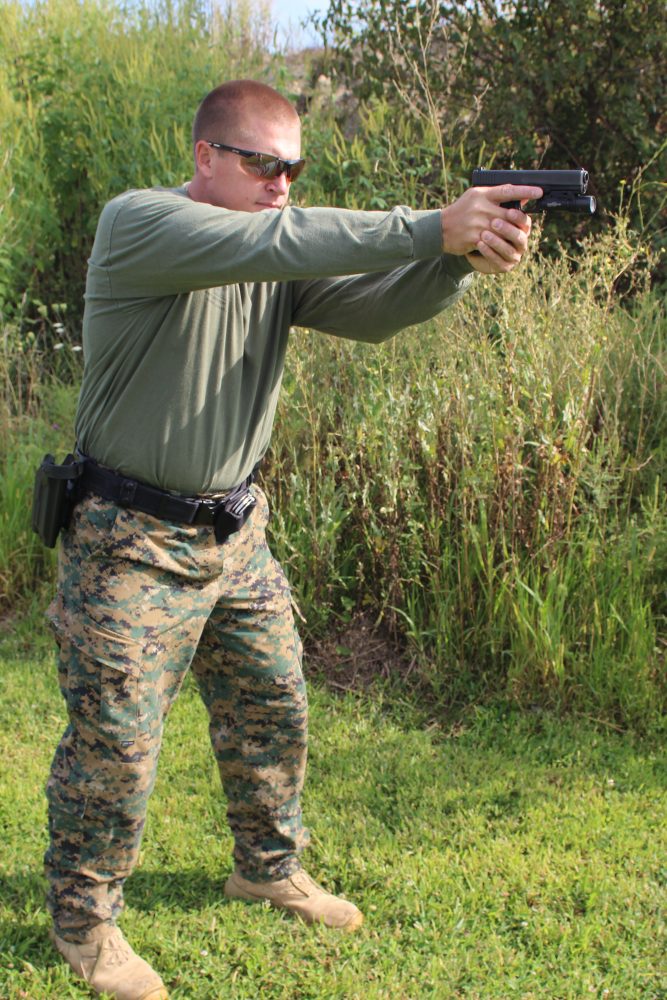
He then addressed the support-side arm: “This is a big thing to watch for, that the support-side elbow doesn’t start rising up, something we call chicken wing. If the elbow is out at 90 degrees [parallel to the ground], it tends to pull the gun toward the support side.”
This push-pull tension allows the shooter to control the gun during multiple shots. “You try to get that predictable, consistent recoil control and return to target,” Starin said. “With the Weaver, we’re trying to mitigate recoil and, when you have to get multiple rounds on the target, having that control is more effective.”
FIGHTING PLATFORM
The Weaver stance also allows shooters with less upper-body strength to hold the gun in position for longer periods of time, such as when searching a building.
Beyond the shooting part of the equation, the Weaver stance really shines as a fighting platform, especially compared to the Isosceles shooting position. “The Isosceles is fine, but there are some things that I find work a little bit better with the Weaver. Mostly, having that back foot dropped a little bit allows me to move four ways directionally very well and sets me up for more than just pressing the trigger. It sets me up to actually fight,” Starin noted.
He continued, “It is a balanced fighting stance. That’s what people don’t understand. You can fight, you can punch, you can move, you can stop. All these things come into play when you have interpersonal violence. That’s the biggest thing we give out—it’s a fighting stance, not a shooting stance.”
Campbell agreed, touching on the reputed hard-nosed ways of Cooper, whom Campbell trained under. “He preferred the Weaver stance but was much more focused on teaching you to fight effectively with the weapon. Gunsite continues to explain the advantages and virtues of the Weaver stance, but we don’t chain your arms and legs into something you don’t want to—or can’t—do,” he said.
CONCLUSIONS
In the end, the Weaver stance is more flexible and fluid than its detractors might (knowingly or unknowingly) admit. Properly performed, as taught by the figurative direct descendants of Cooper at Gunsite, it doesn’t place the shooter at a dangerous angle to the target, nor does it require a body position that is uncomfortable, unsustainable, or just plain impractical.
It does put the shooter in a position to shoot multiple shots effectively and to move quickly—two key concepts of combat.
As Campbell noted, “Cooper found that the Weaver stance works better for more people, more often. He wanted you to learn how to fight, so that’s what he taught.”

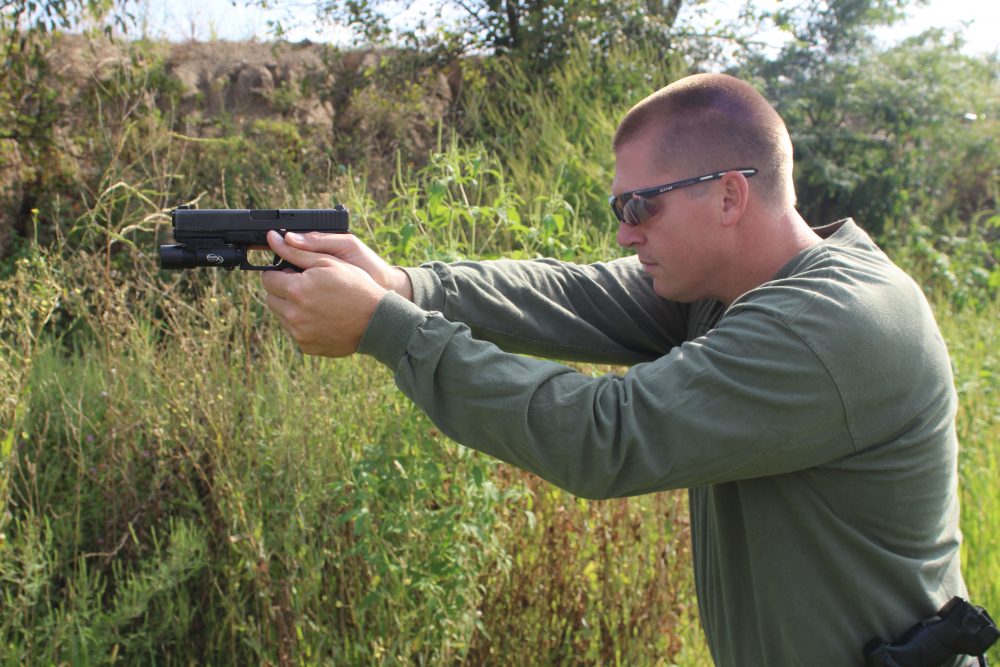


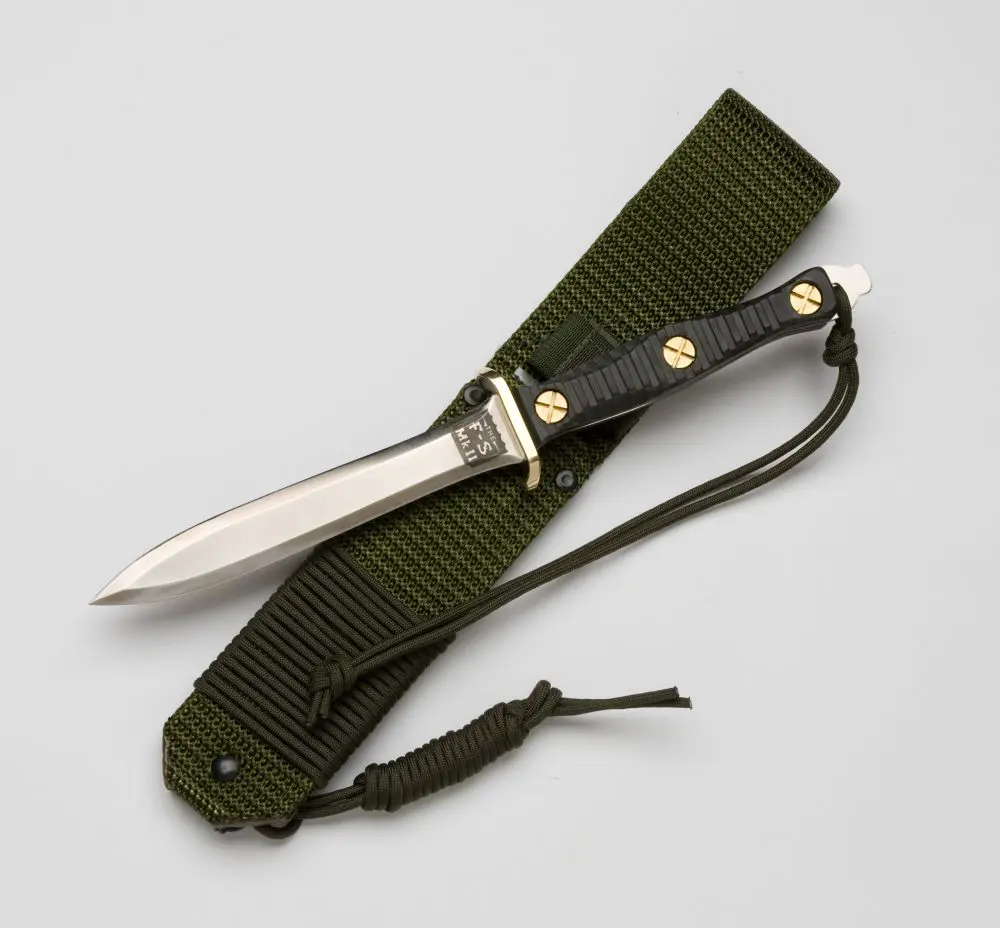

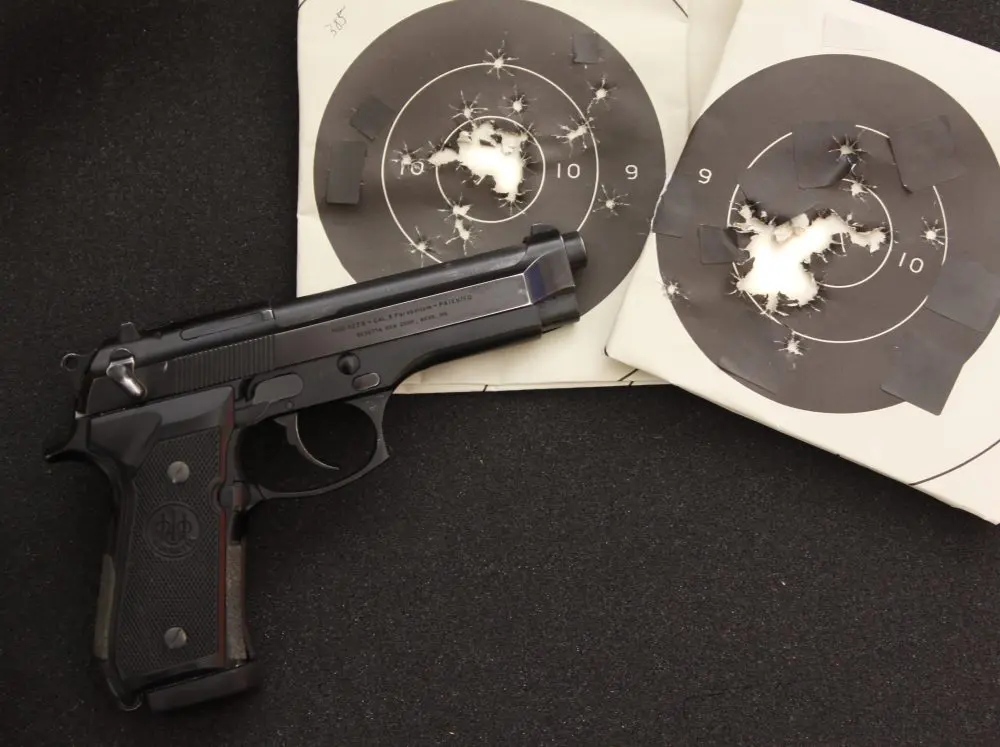
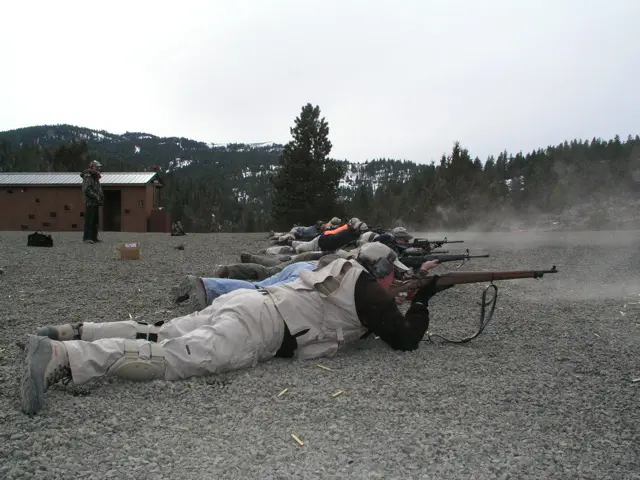
2 comments
I grew up using the weaver stance. aS A VERY YOUNG HUNTER i KNEW HOW TO SHOOT BUT AS MY LOVE FOR HANDGUNS AND SELF DEFENCE INCREASED MY NEED FOR SOME BETTER TRAING WAS EVIDENT. a COMBAT VETERAN THAT I BECAME A TRAING (SHOOTING) PARTNER OF (A RELATIVE), TRAINED ME PRIMARILY ON THE WEAVER STANCE BUT ALSO USED THE ISOSCELES STANCE. lIKE THE AUTHOR HE INSISTED THE WEAVER WAS THE BETTER “FIGHTING STANCE”. hE ALSO INSISTED ON USING THE MOST COMFORTABLE SOLID GROUNDING THAT WORKED BEST FOR ME WITHIN REASON OF A SOLID STANCE THAT I COULD COMFORTABLY MOVE FROM MY POSITION WITHOUT EXPOSING A LARGE TARGET. hIS MOTTO WAS, ” BETTER TO NOT HIT YOUR TARGET THAN TO HAVE YOUR TAGET hIT YOU”
The weaver stance was only created because weaver had a disability in his elbow that prohibited him from straightening out his arm to achieve a standard isoceles stance. jack weaver himself has said that the stance was for competition, and not for combat.